Saltwater crocodiles are the largest living reptiles on earth. At their largest, these saltwater crocodiles can grow up to 23 feet long! These massive creatures are known by a slew of names, including sea crocodile, Indo-Pacific crocodile, saltie, marine crocodile, and estuarine crocodile. They also have an incredibly wide distribution, as they live in regions from India and Asia, to Australia. Read on to learn about the saltwater crocodile.
Description of the Saltwater Crocodile
Salties, as they are half-lovingly called, are intimidating creatures. They have a large, triangular head equipped with teeth that can measure up to 3.5 in. long! Though these crocodiles are capable of growing up to 23 ft. long, most are 11 – 19 ft. in length.
Males are larger than females, and an older male can easily weigh over 2,000 lbs. Hunting has reduced the volume of exceedingly large animals in the population, and today it is rare to find any crocodile larger than 19 ft. or so.
Interesting Facts About the Saltwater Crocodile
It is no question that these powerful predators can be extremely dangerous. However, they are simply amazing creatures, and we should respect them as well as fear them. Here are some interesting facts about these immense creatures:
- Start Small – Despite being the largest living reptiles, these creatures start from the very bottom of the food chain. At hatching, saltwater crocodiles measure just 11 in. long. From hatching, they must grow to over 6 ft. (in females) or 10 ft. (in males) before they can reproduce. That’s a lot of growing!
- Temperature Determination – Like many reptiles, the temperature of the eggs dictates the gender of the hatchling. Within a nest, there can be a temperature gradient, resulting in some males and some females. Eggs that are slightly cooler will produce females, and eggs that are slightly hotter will produce males.
- Climate Change Concern – This temperature-dependent sex could be potentially devastating in the face of climate change. A change of just a few degrees could result in many more males being born than females. This could result in sharp population drops, as reproductive female numbers decrease heavily.
Habitat of the Saltwater Crocodile
These crocodiles inhabit a number of aquatic habitats across their range. As the name suggests, they can live in both fresh and salt water, including brackish water and estuaries. Some habitats that they commonly inhabit include mangrove forests, beaches, rivers, river mouths, estuaries, islands, and even the open ocean. For the most part, they spend the wet season in freshwater environments, and move to saltwater during the dry season.
Distribution of the Saltwater Crocodile
Though this crocodile species can be found over a large area, their range is relatively spotty. Historically, they could be found across much more of the coastline, but humans have eradicated them from a number of areas.
In India, they are found only along the eastern coast, and are rare elsewhere. A large population thrives throughout northern Australia. Humans exterminated most populations in southeast Asia, save for a few isolated pockets. Some spotty populations also exist in Indonesia, Malaysia, and the Philippines, where they were once widespread.
Diet of the Saltwater Crocodile
Saltwater crocodiles are carnivores, which means that they eat meat. They hunt via ambush in most cases, despite their large size. As generalists, they will eat just about anything that they can grab.
Hatchlings and young animals will eat fish, bugs, crabs, frogs, and other small creatures. Adults will eat just about anything, including wading birds, deer, monkeys, rabbits, boar, tapir, tigers, dingos, kangaroos, water buffalo, and domestic livestock. They have also been known to feed on a variety of sea creatures, including sea turtles, dugongs, small sharks, stingrays, and seabirds.
Saltwater Crocodile and Human Interaction
These crocodilians are some of the most likely to attack humans. They are quite aggressive, and large enough to easily view people as a prey source. If the crocodile gets hold of you, the survival rate is very low.
In areas with saltwater crocodiles, the only recommended course of action is to avoid their habitats at all costs. Despite this, recorded fatal attacks in areas where they are prevalent (namely Australia) remains at just one or two per year. It is possible that attacks outside of Australia go unreported in rural areas.
Domestication
Humans have not domesticated saltwater crocodiles in any way.
Does the Saltwater Crocodile Make a Good Pet
No, saltwater crocodiles do not make good pets. I don’t think this section needs much explaining. Giant predator + household pet = disaster.
Saltwater Crocodile Care
In a zoological setting, these crocodiles can thrive when given the proper care. The foremost need in their care is a large water body to hide in, and a large enclosure to match their immense size. Small animals can be kept in smaller areas and graduate to larger habitats as they grow older.
Feeding is easy because they will eat just about anything. They can eat chicken, rats, rabbis, and chunks of beef. Because they are territorial, it can be difficult to pair animals. Males can live with females, but they cannot be kept with other males.
Behavior of the Saltwater Crocodile
One primary distinguishing behavior of saltwater crocodiles is their tendency to live in saltwater habitats. They also differ from other crocodilians in their social behavior. Many other crocodile species will bask in large groups, and even share carcasses, not salties!
These creatures are highly territorial and do not tolerate one another’s presence. Males will share their territory with females, but not other males. Females are territorial as well, and will protect their nests from other crocodiles, and anything else that gets too close.
Reproduction of the Saltwater Crocodile
The breeding season of this species is during the wet season, when water levels are highest. Mating occurs in September and October, and the females lay their eggs anywhere from November through March. Most females will nest every year, but occasionally they will reproduce every other year. The female digs a nest of mud and vegetation, and will protect it viciously. Both parents will protect the nesting territory from intruders.
Beliefs, Superstitions, and Phobias About the Saltwater Crocodile
The indigenous Australians believe that the Saltwater Crocodile was banished from using fresh water because he was filling himself with bad spirits and growing too big. On the other hand, the indigenous people revered freshwater crocodiles. Conversely, on Timor the native people consider saltwater crocodiles holy. Legend tells that a giant crocodile formed the island itself.

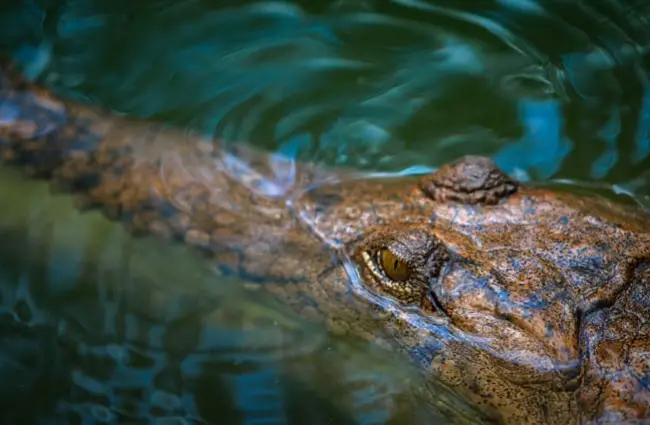
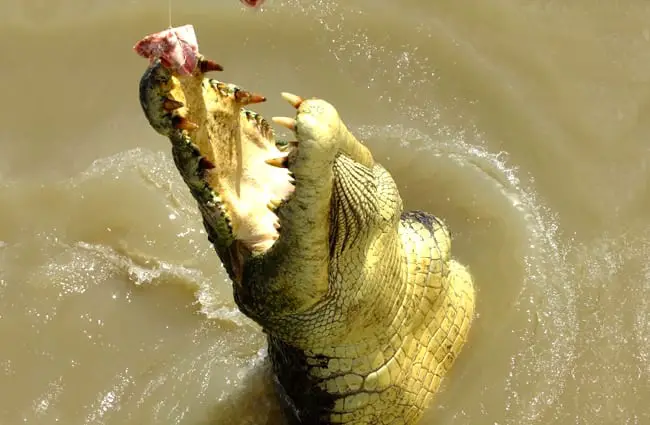
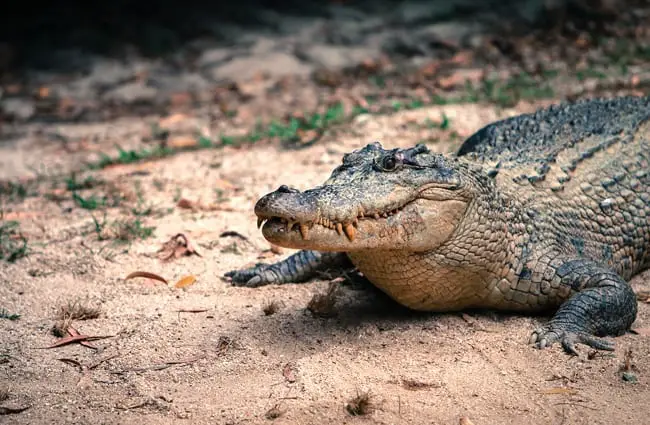
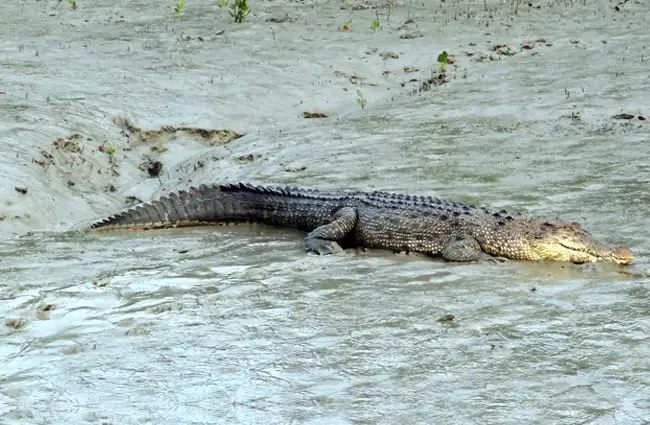

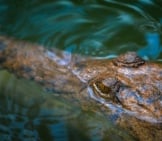
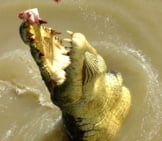
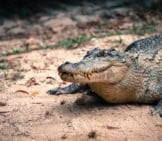

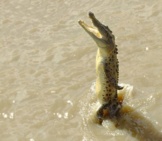
![Red Angus Closeup of a beautiful Red Angus cowPhoto by: U.S. Department of Agriculture [pubic domain]https://creativecommons.org/licenses/by/2.0/](https://animals.net/wp-content/uploads/2020/03/Red-Angus-4-238x178.jpg)












![Red Angus Closeup of a beautiful Red Angus cowPhoto by: U.S. Department of Agriculture [pubic domain]https://creativecommons.org/licenses/by/2.0/](https://animals.net/wp-content/uploads/2020/03/Red-Angus-4-100x75.jpg)

